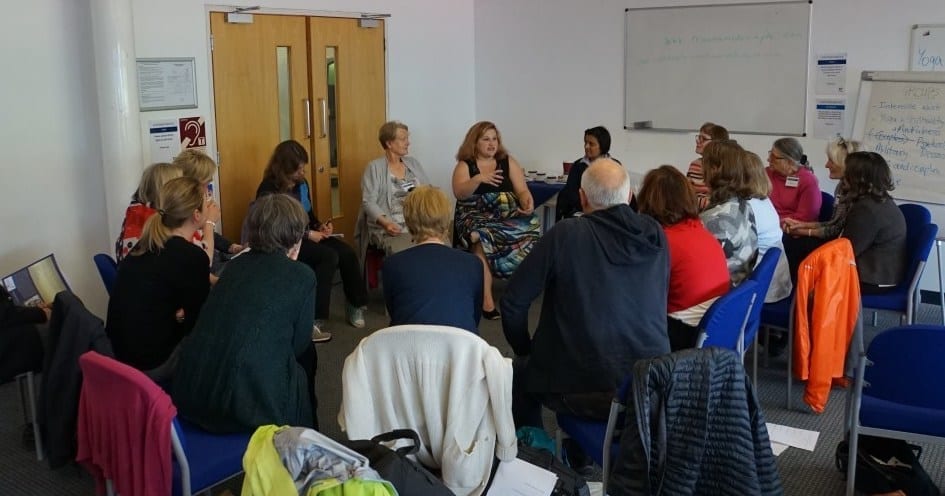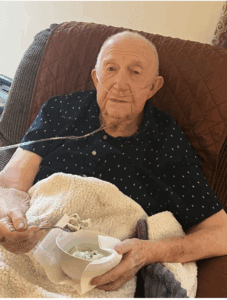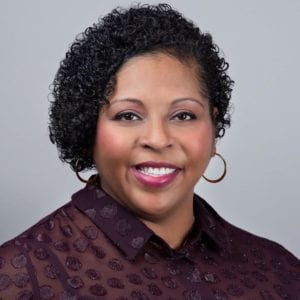Networking, however, resonates with the core of who I am and how I run my business. Networking is organic. Networking is the art of getting to know people and sharing who you are with them. Networking activates community. Everything I’ve built with my personal brand and Institute for Creative Mindfulness programs (EMDR therapy, Dancing Mindfulness, Yoga Unchained, Expressive Arts Certification) is a result of a few key networking practices I implemented. It’s my honor, in this blog, to share with you some field notes on what I’ve learned since beginning to venture out on my own in 2008.
1. Set your Intention and Create Room for it to Grow
When I began my career in professional counseling I still experienced a strong calling to teach – and I let people know about it in my network. Setting intentions are about planting seeds, not forcing outcomes. I began cultivating my intention by entering a PhD program with the hopes of being a counselor educator. However, after offering some CE workshops and receiving solid feedback on my skills in teaching clinicians advanced skills, a new path quickly revealed itself to me. Through the encouragement of my peers in these earlier years and through their willingness to share their contacts with me my training career grew. I fondly thank Ric Socie, an early co-worker and cheerleader, who shared his contact at the Cuyahoga County ADMHS Board in Cleveland, OH with me. The ADAMHS Board was the first group to ever pay me to do a training and the contacts I made and network I was willing to seek out grew from there.
2. Let People Know What you Do/Offer
Enlivened by the prospects that doing clinical trainings in combination with operating a specialized private practice could be my path to making a living, I continued to explore the possibilities of networking. In the era just before the potential of social media exploded, I learned to do things that I still encourage my consultants to do to this day – write letters and send emails. When I moved into a private practice specializing in trauma in 2008, I sent personal letters to all of the professional contacts I’d come to know in the three previous years working in agencies. From there I flowed my initial referrals that grew the word-of-mouth bug about my services and I have not wanted for work to this day.
Around this same time I spent mad hours on Google in between researching my doctoral dissertation, investigating which organizations offered professional trainings for continuing education. I composed a general email introducing myself and the areas in which I could train, and I personalized it as appropriate. I must have sent 500 emails in 2008 alone. I got about 5 replies, and from those replies grew the network that got me onto the national stage training and writing.
3. Get the Conference Scene and Using “freebies” to Grow you Network
Unless you are firmly established speaker invited as a special guest, most professional conferences in various fields do not pay. In some cases it will cost you to travel and even register (usually at a discounted rate) for the conferences. However, participating in them can be tremendously valuable, and not just for adding another bullet point to your resume. Start with state or regional conferences if you don’t have the budget to travel nationally. In fact, state or regional conferences may be even more valuable for getting people to know you and what you offer in your area. This can be a tremendously powerful source for referrals. While the work may seem like a “freebie” at the time consider its value in the long-run. Even at my level where I can command decent money to speak and to train, I still teach a handful of events as “freebies” each year, usually as an act of service. However, sometimes my gut tells me it makes good networking sense. In addition to conferences, consider opportunities like speaking as a part of a public library series, offering a lunch and learn or community chat (many entities in the community host these programs), or volunteering your services to speak at places like Rotary luncheons or a local radio show. Approach these opportunities not as selling yourself, rather, to share the knowledge you have with your community and promotion may come as a byproduct of casting your light into the world.
4. Use Social Media (Wisely) as an Extension of your Network
One of the best pieces of advice I ever received on using social media is that if you use it to only promote your events and sell your services, you will fall flat. Rather, use social media to help people get to know you and to give away as many free resources as you are able and willing to share. This can be as simple as reposting a video, a blog, or a meme (crediting the source you found it where possible – and the source may get to know you too as a result). Although creating some of your own original content in this area and tagging it well can be very helpful, you can still go for sharing other resources. It’s completely up to you which platform or platforms you use – Facebook, YouTube, Instagram, Pinterest, Tumblr, Twitter, and Snapchat all have their potential. Know which ones you’re likely to use and like and start there.
I can speak most fully to YouTube and Facebook since I use them the most. YouTube allows people to find your teaching through tagging. If a good video has appeal, it will spread. You can make simple teaching videos on a cell phone; keep it concise and tag it well and you’d be surprised who may find you. If people subscribe to you cannel, they will be notified when you post new content. Making playlists of your favorite videos (even if they are not your original content) and titling the playlist with a popularly searchable name is another way to share knowledge and spread your channel.
There are multiple ways to put Facebook to work for you, enough to warrant a separate blog if there is interest. There are many options: LiveCasts, groups (starting groups, taking active part in existing groups), establishing a fan of business page or using your personal page in a savvy way. Although many of us make the choice to create fan pages to help with creating boundaries be advised that Facebook’s system either requires businesses to do paid “boosts” (which may or may not be doable for you) or necessitate that you post a great deal of content to stay on the scroll pages of you followers. For this reason I’ve found that using my personal page to share photos of events (with proper ethics followed for respecting others), to tag myself/check in at events or venues, and repost content from the business pages are all valuable. I can also generate productive conversation by sharing a thought or insight from my personal/professional life. Connect with people, share yourself, although be mindful not to air your dirty laundry or to use Facebook for ranting about a personal issue that ought to be worked on with your therapist or healing team first.
A final note on the possibilities of social media. I don’t use Twitter a great deal although a post I made there about Dancing Mindfulness – through the power of hash tagging – led me to a journalist who ended up featuring me and Dancing Mindfulness in the New York Times!
5. Trust Yourself and Work on Boundaries
For many people I advise in the area of building and growing a business or personal brand, a fear of “putting themselves out there” exists. What if I get haters or negative comments? (HINT: That means you’re probably doing something right). What if I’m not ready? (HINT: you’ll never really build the skills to handle this unless you practice them in the real world). All of this seems so unnecessary (Reality: There is an element of both work and surrendering the outcome for an intention to blossom). In this day and age, unless you get an amazing stroke of luck, being successful with cultivating a planted intention requires work – no coincidence it’s called networking. Embrace it in a way that feels genuine for you yet may cause you to feel a bit of that discomfort edge that creates opportunity for new growth. If you are engaged in your own therapy or healing arts, I encourage you to bring any themes or observations that emerge from hitting these edges to the table. There’s a feast to explore, if you’re willing, that can nourish you’re dreams and water the intentions you planted.















2 Responses
Thank you for this opportunity
Thanks for sharing lessons learned on your journey. You affirmed some things I’m already doing and certainly gave me new actions to move toward.